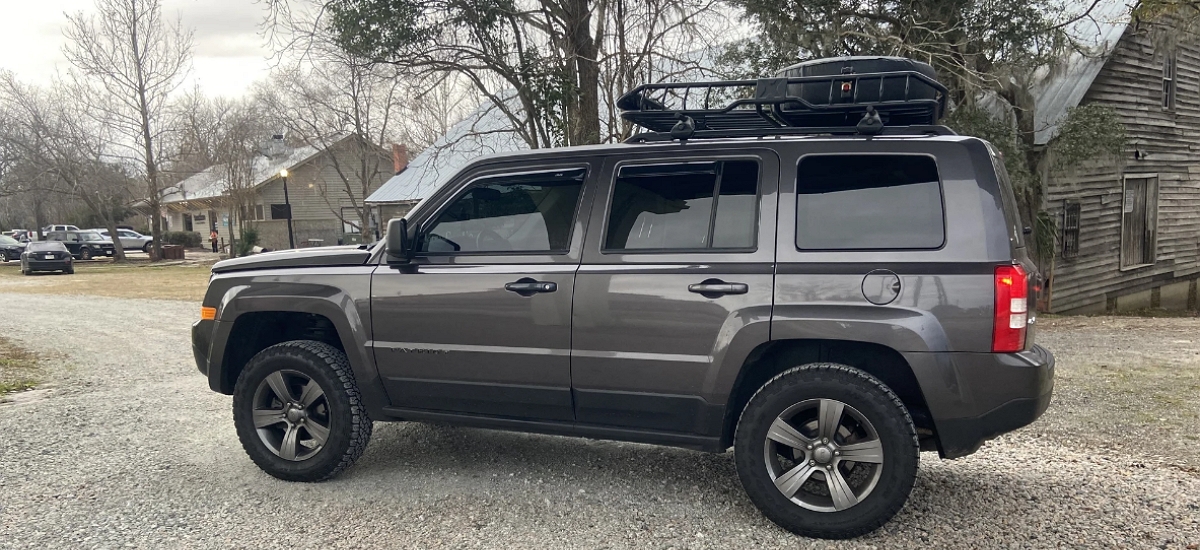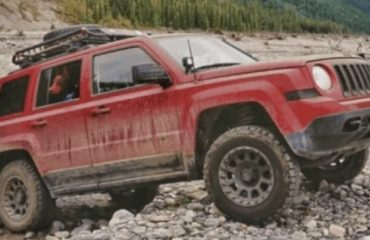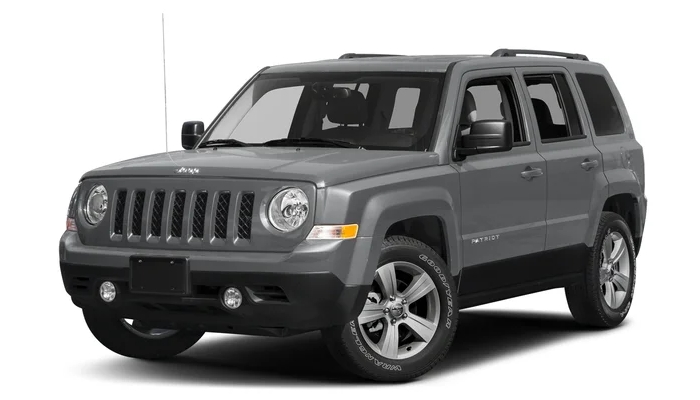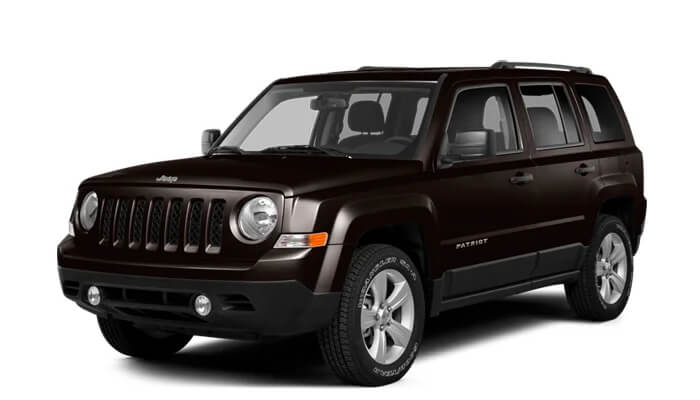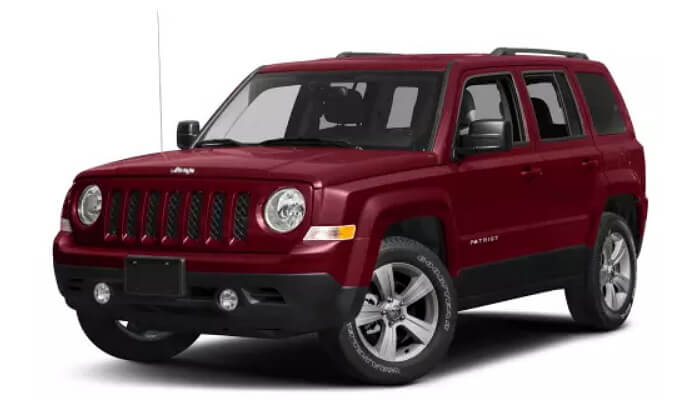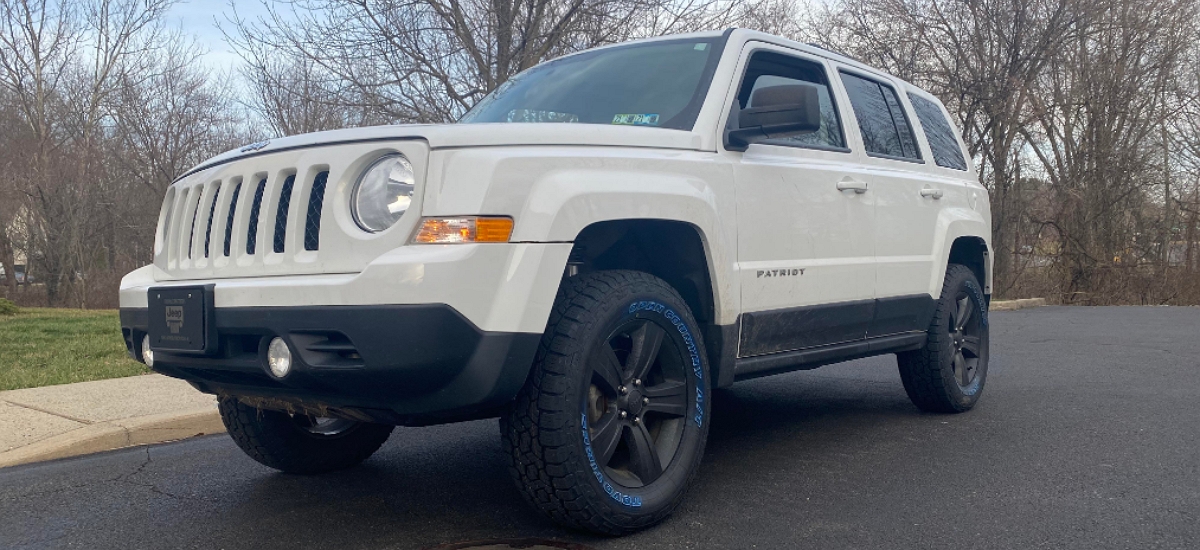
As both an expert mechanic and a proud owner of a Jeep Patriot, I’m delighted to share my insights on one of the most renowned SUVs of the Jeep lineup.
A Look Back at the Jeep Patriot
The Jeep Patriot, a compact crossover SUV, made its debut in the model year 2007 and was produced in 2017. It garnered attention for its aggressive styling, off-road capability, and affordability. Its boxy shape, reminiscent of the older Cherokee model, was much appreciated by Jeep purists. The fact that it was designed to resemble the traditional Jeep style while incorporating modern features made it a popular choice among Jeep enthusiasts.
Products are available — click below to view them!
SEE DETAILS ON EBAY
Pricing Expectations
Depending on the year, model, mileage, and condition, you can expect to pay anywhere from $5,000 to $15,000 for a used Jeep Patriot. Generally, a low-mileage (under 75k miles), late-model Patriot that has been well-maintained should be within the $10,000 to $15,000 range. An older model with higher miles can be found at a considerably lower price point, often falling into the $5,000 to $8,000 range.
My Story of Buying a Jeep Patriot
Ever since I set my eyes on the Jeep Patriot in a car magazine, I was mesmerized. That aggressive stance, the boxy body echoing the classic Cherokee, and the promise of off-road prowess had my heart pounding. It was a calling I couldn’t ignore. I was determined to own a used Jeep Patriot, to feel its power and resilience in the great outdoors.
I live in Oregon, a state ripe with off-roading opportunities. But the used Jeep Patriots I found in local listings were, to put it mildly, well-loved. Some had rust threatening to eat through the body, others had suspiciously high mileage with an engine that sounded as if it was on its last legs. It was disheartening to see these glorious machines languishing.
Undeterred, I expanded my search, and there it was, a gem in a sea of stones – a 2015 Jeep Patriot with a decent 65,000 miles, equipped with the coveted Freedom Drive II Off-Road Group, and in Colorado, no less.
So, I booked a flight, my heart filled with hope and excitement. Meeting the seller, I found a kindred spirit, a fellow Jeep enthusiast who understood the respect these machines deserved. He handed me the keys, and I embarked on my inspection ritual.
Running my fingers along the edges of the Patriot, I looked for any signs of rusting. The paint was clean, the body devoid of any significant damage. A promising start. I popped open the hood, the 2.4-liter engine sitting there, clean and well-maintained. I checked the oil, and it was at a good level with no signs of a coolant mix. The timing belt appeared to be recently replaced.
Next came the test drive. As I slid into the driver’s seat, a thrill coursed through me. I kicked it into gear and listened for any whining or clunking noises as I navigated through city streets, then onto the highway. The transmission worked smoothly without any alarming noises, and the ride was stable, exhibiting no unusual body roll. I checked the 4WD system on a nearby trail, and it engaged flawlessly.
After the test drive, I checked the underside of the Patriot, looking for any signs of fluid leaks. Everything seemed clean and dry. It was time to make my decision. The Jeep Patriot had passed my test. We settled on a price, signed the papers, and the keys were mine.
The drive back to Oregon was filled with joy and anticipation. Once home, I dived into a more thorough maintenance check. I changed the oil, replaced the spark plugs, and checked the brake pads. I also decided to replace the CVT fluid as a precaution. It was more a labor of love than a chore, my hands busy giving this beautiful machine the care it deserved.
Now, every time I rev up my Jeep Patriot’s engine and embark on another adventure, I can’t help but smile. This Patriot has not just met but exceeded my expectations. It’s more than just a car; it’s a companion for every journey, a statement of my love for freedom and exploration. And each time I tackle an off-road trail, I thank my stars for guiding me to this noble beast.
Buying a used Jeep Patriot was an adventure in itself, and it led to many more. It’s true what they say – it’s not just a car; it’s a Jeep.
Key Areas to Inspect
Exterior and Interior
When evaluating a used Jeep Patriot, the exterior and interior condition can reveal a lot. Ensure there’s no rusting, especially around the wheel wells and underbody. The paintwork should be in good condition, devoid of any severe scratches or dents. Check the quality and condition of the interior too – look at the seats, carpet, dashboard, and all the controls.
Engine and Transmission
The Jeep Patriot comes with two engine choices: a 2.0-liter and a 2.4-liter four-cylinder. Both are generally reliable but check for any signs of leakage, excessive noise, or rough idling. The Patriot features a continuously variable transmission (CVT), which can feel different if you’re used to traditional automatic transmissions. Ensure it operates smoothly with no lags or jerks.
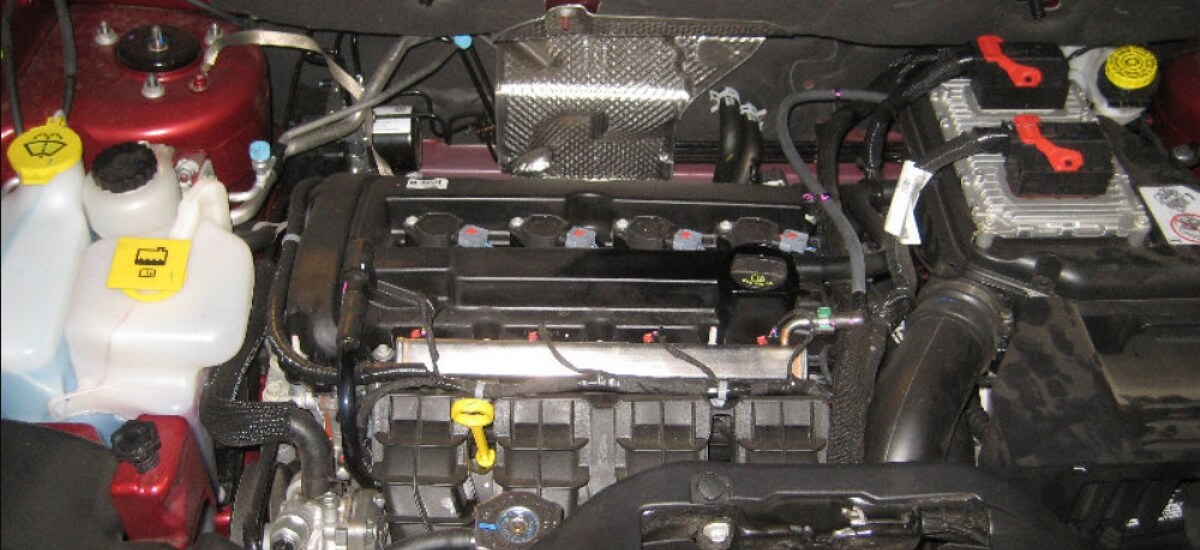
Suspension and Brakes
These are crucial for safety and ride comfort. Check for excessive body roll, unusual noises from the suspension during the test drive, and any vibrations or pulsations when you apply the brakes.
Four-Wheel Drive System
If the model you’re considering is equipped with the optional Freedom Drive I or II 4WD system, ensure it engages correctly and smoothly. This feature is one of the selling points for those intending to use the Patriot for light off-roading.
Tires
Check the tires for wear and tear. Even wear across the width of the tire is usually a good sign. Uneven wear could suggest alignment or suspension issues.
Common Issues to Watch Out For
Transmission Issues
One of the common problems associated with the Jeep Patriot is transmission-related issues. There have been reports of the CVT transmission overheating, whining noise, or lagging. When test-driving, pay attention to how the transmission responds and whether the engine seems to be struggling.
Engine Oil Consumption
Some older Jeep Patriots, especially those with high mileage, are known for their excessive oil consumption. Checking the oil level during your evaluation is always good practice.
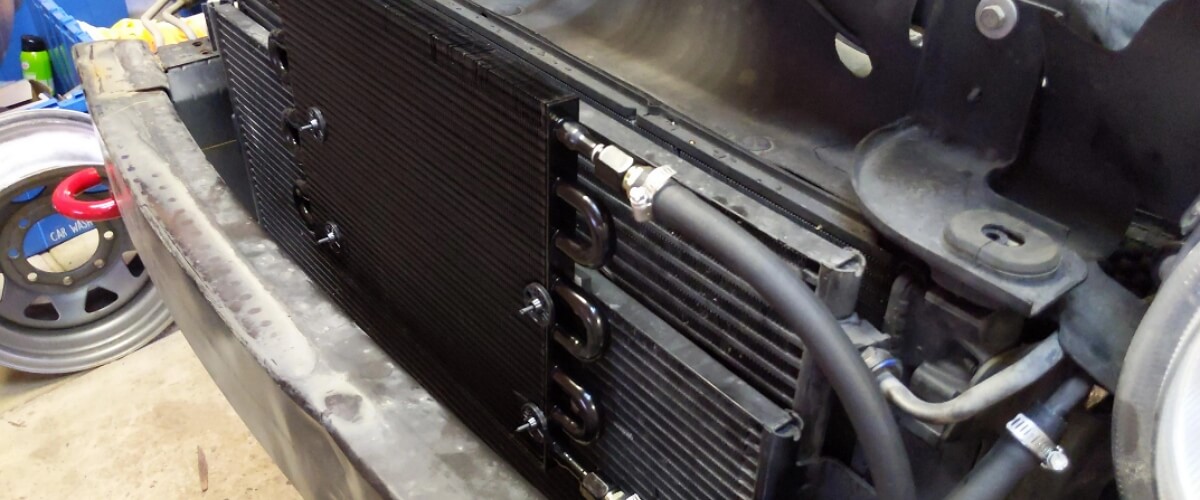
Suspension and Steering Problems
Several owners have reported issues with the front suspension and steering systems. Listen for any unusual noises when turning or going over bumps and ensure the Patriot tracks straight and doesn’t pull to one side.
Electrical Problems
From issues with the TIPM (Totally Integrated Power Module) to problems with the power windows or starter, Patriots can suffer from electrical gremlins. Verify all the electrical systems are working correctly, including lights, power windows, and the starter.
Are Jeep Patriots Good Off-Road?
The Jeep Patriot’s off-road capabilities are one of its highlights, particularly if you choose a model equipped with the Freedom Drive II package. This includes features like hill descent control, brake lock differential, and a low-range mode, making the Patriot more off-road capable than many of its rivals in the compact SUV category.
Parts Availability and Maintenance
One of the significant advantages of owning a Jeep Patriot is the broad availability of parts and the relative ease of maintenance. Being a part of the Chrysler family means that many components are shared across a range of models, which helps keep costs down.
Final Thoughts
So, is a used Jeep Patriot worth it? Absolutely! If you’re seeking a compact SUV that delivers a touch of the classic Jeep essence without breaking the bank, a used Jeep Patriot is a solid choice. It’s a rugged and reliable SUV that provides excellent value, particularly if you can find one that’s been well cared for.
Remember, though, that no used car is perfect. Conducting a thorough inspection and getting a vehicle history report are critical steps before making a purchase. If possible, have a trusted mechanic conduct a pre-purchase inspection. The cost of an inspection could save you from a potential headache and unforeseen repair expenses down the line.
In conclusion, the Jeep Patriot is a testament to Jeep’s renowned off-road heritage and an enduring symbol of the brand’s adventurous spirit. With the right care, it can indeed be a worthy and satisfying investment for used SUV seekers.

